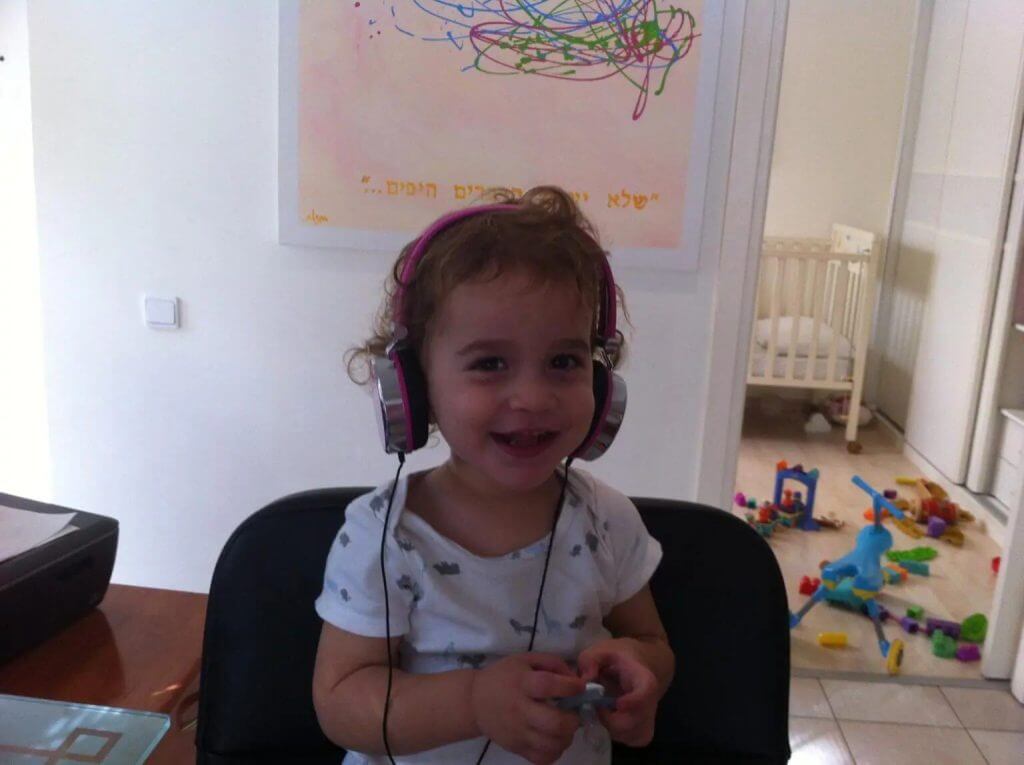
Everything you need to know about recurrent ear infections
Before we get started, I think it’s important for you to know that there are several detailed chapters on this website that cover different types of ear infections. It might be a good idea to read the other chapters before this one, which is intended for our more advanced readers:
The chapter about otitis media or middle ear infection in children – a basic chapter. Without being familiar with this chapter, it will be difficult to understand the current one.
There are several other posts about different types of ear infections that are not necessarily middle ear infections, including:
- A chapter about external ear infections (swimmer’s ear).
- Purulent otitis media – when the eardrum tears and mucous spills into the ear canal. This is certainly related to middle ear infections.
- Ear fluids – this is not exactly acute ear infections, but at the end of the day, all of these conditions are associated with one another.
As for recurrent ear infections – recurrent ear infections of the middle ear are a big problem that many pediatricians and parents have to deal with.
Therefore, the purpose of this chapter is to teach you about the correct diagnosis and management of recurrent episodes. And just as importantly – how to prevent this from happening. But before I start talking about management and risk factors, try to answer the following two questions:
The first important question – is it truly recurrent middle ear infections?
Middle ear infection is a condition that is often overdiagnosed. For example, a doctor sees some redness over the eardrum, starts Amoxicillin, but after 4 days of high fever, the fever resolves and the child develops a characteristic rash – which means they most likely had roseola and did not truly have an ear infection.
In other words, if every time you go to see the doctor you leave with an antibiotic prescription for an ear infection, then we have a problem.
The second important question is – is it truly recurrent ear infections or one long infection?
If the infection recurs 2 days after the completion of an antibiotic course, then this is most probably the same infection, and not a recurrence. The management needs to be slightly different. It is not a recurrent ear infection but rather an otitis media that did not improve.
What needs to be done when there are truly recurrent episodes of middle ear infections?
If you have come to the conclusion that your child is suffering from recurrent middle ear infections, then it is important to keep in mind the following points and risk factors:
1. Is the child vaccinated? Routine vaccines (such as Prevnar 20) and vaccines for respiratory viral infections (like influenza) reduce the prevalence of ear infections.
2. Does the child have an enlarged third tonsil, and could this be one of the risk factors for recurrent ear infections? Find out more about third tonsils here.
3. Is the child exposed to cigarette smoke? I don’t buy it when parents tell me they smoke only on the balcony or in the backyard. It is easier said than done, I know, but if your child has recurrent ear infections and you are a smoker, then you are one of the risk factors for their infections.
4. Does your child feed while lying on their back? If so, get them to stop doing that.
5. Early weaning from soothers can reduce the number of episodes.
6. Also, taking them out of daycare…
7. Find out whether your doctor thinks your child warrants a brief immune workup to check for immunoglobulin deficiencies (IgA and IgG).
When is it necessary to get a pediatric ENT assessment for recurrent ear infections?
This is a tricky question, in my opinion. On the one hand, a pediatric ENT specialist who is good and accessible can be truly helpful in detecting and managing recurrent infections. Their ability to visualize the eardrum is much higher and better than that of pediatricians, and that is very important. Another advantage that ENT doctors have is the ability to discuss one of the risk factors: an enlarged third tonsil.
On the other hand, and I write this with a heavy heart, I hear about many ENT specialists who are not efficient and often press for unnecessary surgical interventions. They also tend to use broader spectrum antibiotics than what pediatricians recommend. This is, of course, a generalization and does not apply to every single ENT specialist out there.
It is therefore important to try and find a good pediatric ENT specialist who is pleasant and does not just push for surgeries.
When looking for a specialist, I suggest you use the list I have on my website of recommended physicians by Dr. Efi.
What about ventilation tubes?
Find out more about these in the chapter about purulent ear infections. When there are recurrent episodes of ear infections with discharge, ventilation tubes should be considered. They are not used so much in regular ear infections, even if they are recurrent.
What about prolonged antibiotic treatment?
I am aware of the approach that includes prolonged treatment with antibiotics (for several months) for children with recurrent ear infections. This is a very controversial approach. I personally adopt this approach only in very extreme cases, and very rarely—maybe once a year.
I know that ENT specialists tend to favor this approach. I believe this is not the right approach generally speaking, but I understand that cases should be reviewed individually.
In summary, recurrent ear infections are very prevalent and a common reason for antibiotic use in childhood. I believe that with more accurate diagnosis, better management, and a reduction in the risk factors explained above, we can reduce the overall number of recurrent episodes, their severity, and their implications.
Good luck!
Summary of Ear Infections in Children
What is Otitis Media?
It is an inflammation or infection of the cavity found behind the eardrum. It can occur at any age but is more common in babies and younger children.
What Are the Signs and Symptoms of Otitis Media?
The main symptoms include pain, irritability, and usually fever.
When You See a Baby Tugging Their Ear – Is It a Sign of Otitis Media?
It usually isn’t. Ear tugging is an expression of frustration and fatigue and does not necessarily mean there is an ear infection.
How Are Ear Infections in Children Treated?
It depends on the symptoms and the appearance of the eardrum. Sometimes, the doctor will recommend watchful waiting, and other times they will recommend starting treatment immediately.
Does Otitis Media Manifest with Pain When Pressing on the Ear Externally?
No, tenderness on external pressure is usually a manifestation of an external ear infection (swimmer’s ear). Treatment for that type of ear infection is completely different.
How Are Recurrent Ear Infections in Children Managed?
Start by reading this chapter and then see your primary care physician for a consultation. Has your child truly had recurrent ear infections? Are there any risk factors that can be reduced? Is there a third tonsil or ear fluids that require surgical intervention?
For comments and questions, please register
